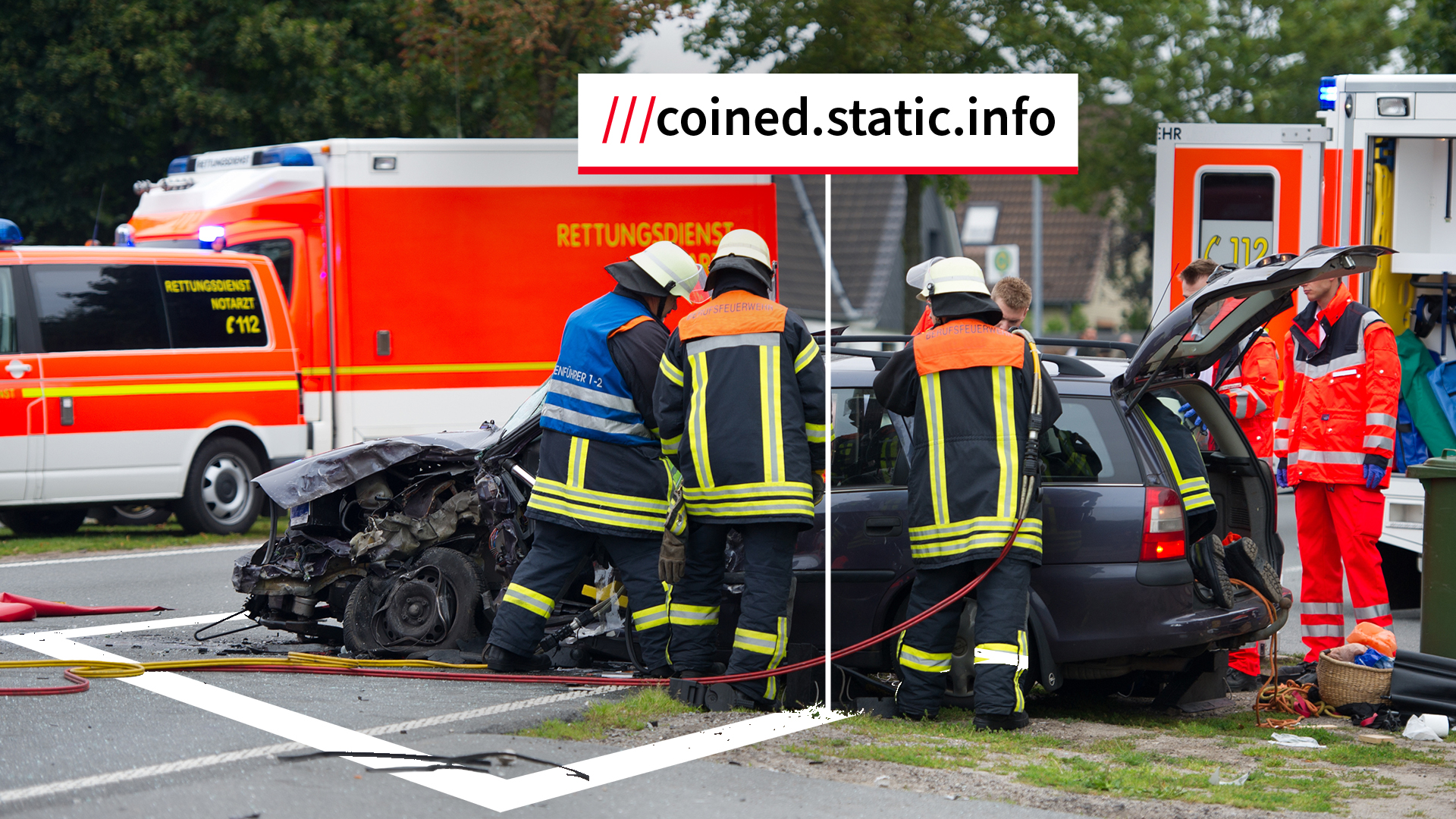
Emergency services in Germany, Austria and Switzerland are using what3words to improve response times
Emergency services and control centers in Germany, Austria and Switzerland (DACH region) are starting to implement what3words. In areas where control rooms have the system enabled, 112 callers can use the free what3words app to confirm the exact location of the incident, ensuring help is sent exactly where it is needed, faster.
How do I use what3words in an emergency?
Call the emergency services and follow these steps:
1. Open the free what3words app for iOS and Android Wait a few seconds for the blue dot to settle in one place.
2. Locate yourself
Tap the arrow icon on an iPhone or target icon on Android devices to ensure your phone’s GPS has locked onto your current location.
3. Give the 3 words
Read the 3 words that display at the top of your screen to the emergency call operator.
The emergency services will help to verify your location and send help to that exact location. Remember: always gather as much location information as you can in an emergency in case what3words addresses aren’t accepted.
What is what3words?
what3words makes it easy for emergency callers to give the exact location of an incident. Every 3 metre square has been given a unique combination of three words – a what3words address. For example, a hiker in trouble in the vast Berchtesgaden National Park could give the what3words address /// relives.outpaces.envy to describe exactly where to send help. what3words addresses enable emergency services to accurately find locations without reliable street addresses such as rural areas, new buildings or construction areas, which are frequently missing from digital maps.
The public can look up what3words addresses via the free what3words app or the online map . The app works offline, with no need for a data connection. When emergency services receive a what3words address, they can quickly pass the three words to response, who then use the free what3words app to get directions straight to the incident. what3words addresses are easily converted to other formats, such as GPS coordinates, using the online map. In many cases, however, three words are quicker and simpler to communicate over the phone or radio, and less prone to human error than coordinates.
See how German emergency services are using what3words .
Services in the DACH region using what3words include:
German emergency call centres:
- ILS Ingolstadt
- The control center for the Bielefeld fire department
- Hagen fire department control center
- Oldenburger Land control center
- ILS Bodensee-Oberschwaben
- ILS Untermain
- ILS Rosenheim
- State operations center Thuringia (Erfurt)
- ILS Main-Tauber
- ILS Mitte District of Rostock
- ILS West Mecklenburg (Schwerin)
German fire and rescue services:
- Ingolstadt
- Rosenheim
- Oldenburg
- Hagen
- Bielefeld
- Bad Mergentheim
- Schwerin
- Kreisleitstelle Gütersloh
- Rostock
Austrian call centres:
- Lower Austria
Swiss call centres:
- Aargau Canton Police
Testimonials
‘In order to be able to dispatch rescue workers quickly, it is important that we know the exact location. Otherwise, there will be time delays and that can lead to delayed help for the caller’.
Rainer Kimmel, deputy Head of the ILS Ingolstadt control center (fire department)
‘We receive calls where the caller does not know exactly where they are. We often have this problem on motorways or in larger buildings in the city, at the university for example. In these instances, we have to drive to a central location and then look from there to see where the casualty actually is. That is very time-consuming for us. With what3words, the question of [the caller’s] location is immediately clear to us’.
Peter Palsbröker, Head of the Bielefeld Fire Brigade Control Center
‘The more people download what3words onto their cell phones and use the app, the easier it will be for us to help quickly and effectively’.
Sven Müller, Head of the Bavarian Association, Johanniter
what3words for emergencies
See how organisations and individuals are spreading the word.
